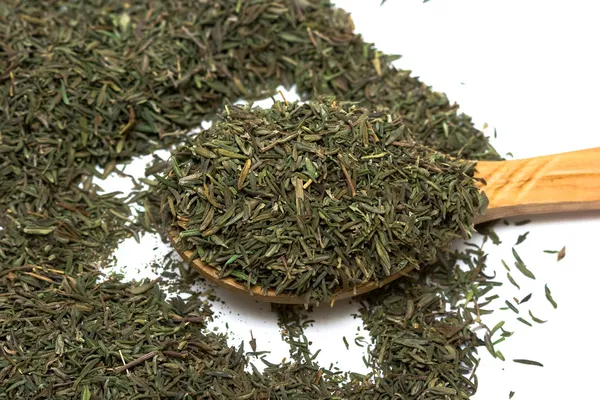The sago worm (Rhynchophorus ferrugineus) is the larva of the red palm beetle. It is a nutritious food source which is found in the remaining parts of a sago palm trunk after the removal of sago starch by farmers. The insect belongs to the Dryophthoridae family, and genus of Rhynchophorus, which consists of 10 species, which are found on mainly palm trees, coconut tree and date palm. This article discusses the nutritional contents and health benefits of sago worms.
These worms are known to have amazing health benefits. When cooked and consumed, people say they taste like meat and even chicken. Most of us may be freaked out at the mention of eating worms and probably wonder how they can be nutritious. In this article, we will discuss that and much more. Not all worms can be eaten as their are some which are harmful and others beneficial, just like the sago worm also known as coconut worm, sago palm weevil or palm tree weevil.
Nutritional Content of Sago Worm
Sago worm is a very rich source of protein, amino acids, oil, carbohydrates and minerals. It also contains dietary fiber. [1]
One 2011 research stated that the worm is a rich source of magnesium, calcium, zinc, iron, potassium, phosphorus, fatty acid, lipid, dietary fibre and carbohydrate. It also contains fatty acids such as palmitic acid and stearic acid.
The nutritional composition of sago worm (g/100g dry weight) are as follows:
- Protein 25.8g
- Fat 38.5g
- Ash 2.1g
- Carbohydrates 33.2g
- Energy (kcal) 583
Health Benefits of Sago Worm (Coconut Worm)
1. Used in cooking
One way of getting the optimal nutrients present in coconut worms is through consumption. As mentioned earlier, these worms have different recipes in which they can be prepared to suit your taste. They can either be eaten raw, roasted, fried and even barbecued. They can be added as side dishes or to stew or soups, whichever way you prefer.
2. Good for digestion
The dietary fiber present in sago worms helps in the digestion of food which prevents the risk of constipation and flatulence. It can also be easily digested and boosts the metabolism.
3. Used in pharmaceutical purposes
Simply put, some of the drugs we consume are made from these worms. Sago worms contain fatty acids such as linoleic acid, palmitic acid and stearic acid which are used in many pharmaceutical companies. The worms are also rich in amino acids such as aspartic acid, arginine, Isoleucine, alanine, lysine and tyrosine.

4. Strengthens the bones and teeth
Sago worms are rich in minerals like calcium and magnesium, which helps strengthen our bones and teeth. They can diversify the nutritional intake and give you many essential nutrients. [3]
5. Rich source of protein
As we all know, proteins are really essential to the body. Since sago worms contain high protein just like eggs, they serve the same purposes. That is, building worn out tissues and making new ones. A 2017 study investigated the protein analysis of sago worm, and revealed that the worm had a high protein content in it’s larvae stage. [4]
Sago warms have been said to have almost same nutritional protein content as soya. They also contain low cholesterol.
6. Reduces blood sugar levels
Coconut worms are healthy food for diabetics as they are low in sugar and would help maintain sugar levels. They also help reduce cholesterol levels and reducing the risk of other diseases.
7. Fights Microbial Infections
Medical studies have shown that the worms provides a protective barrier against microorganisms due to their antimicrobial properties. The worms are said to be rich in Iron and Zinc. [5]
Conclusion
Sago worms are a nutritious food source with many health benefits. They can be a source of food and income for the the peasant farmers in rural areas and villages. You can add them to your diet today.
YOU WILL ALSO LIKE TO READ…
- 7 Potent Health Benefits of Nigerian Pear (Ube)
- 8 Health Benefits of Sardines
- Health Benefits of Tapioca (Kpo Kpo garri)
- 6 Awesome Health Benefits of African Velvet Tamarind
- 8 Specific Health Benefits of Halim Seeds (Garden Cress)
Collins Nwokolo is a human physiologist, writer and health enthusiast. He loves writing helpful articles on health and fitness, which he enjoys sharing with everyone.






